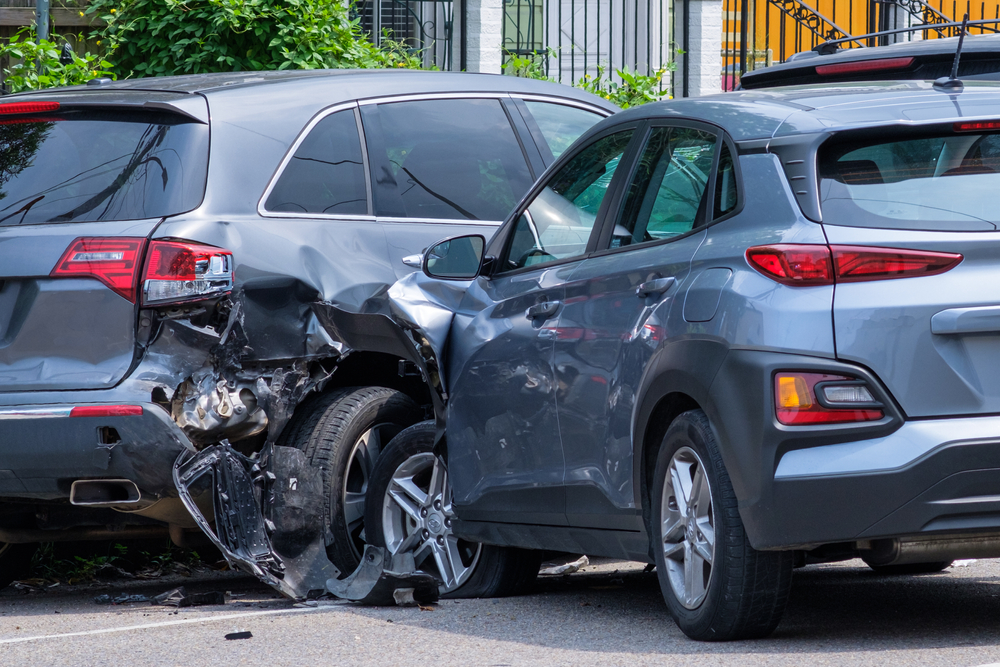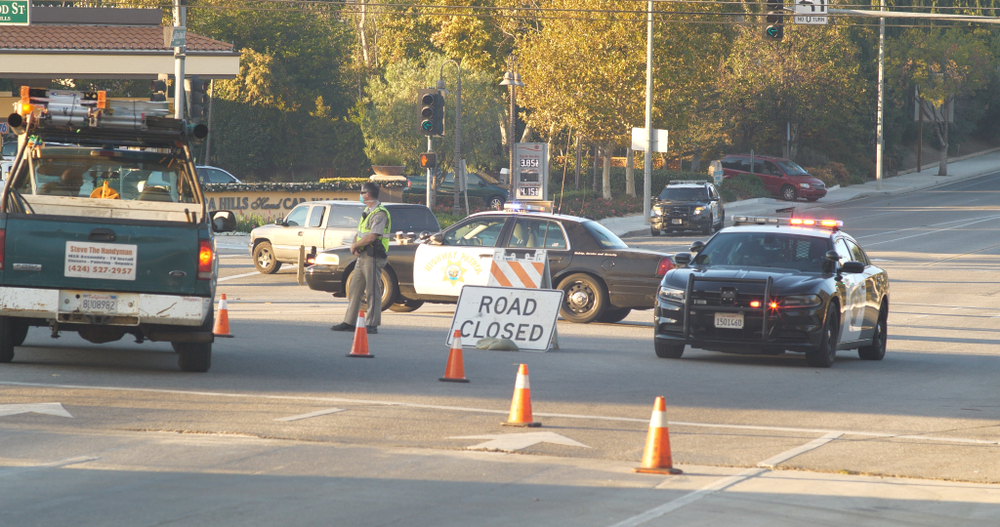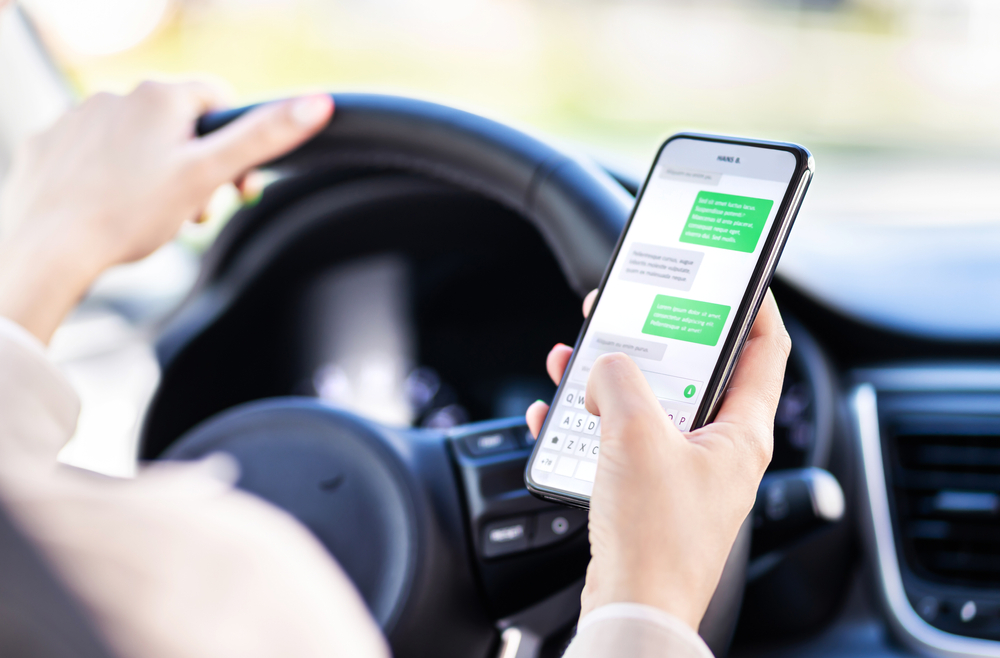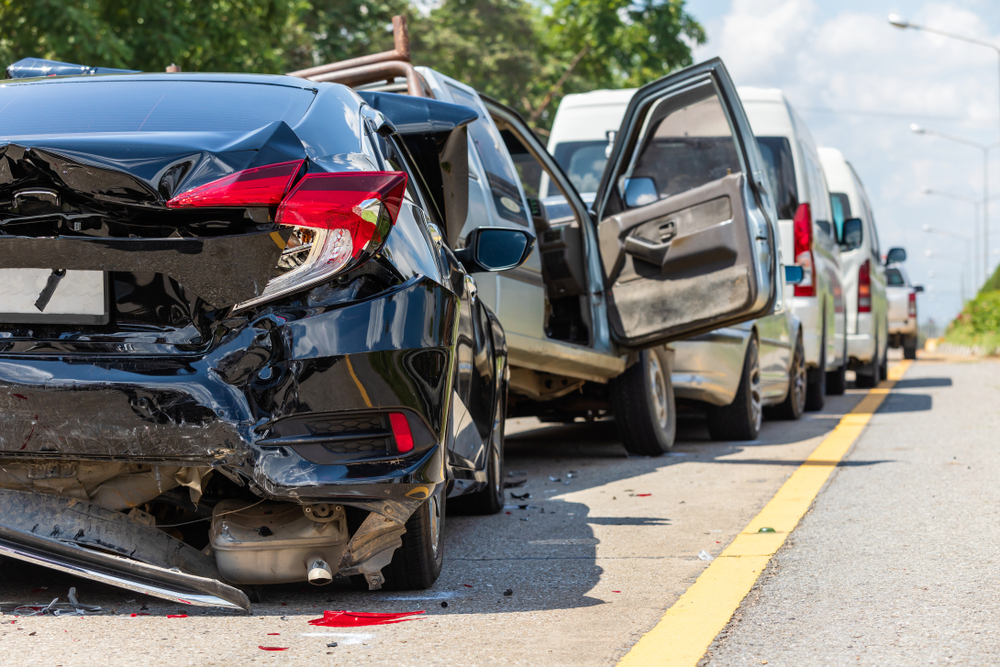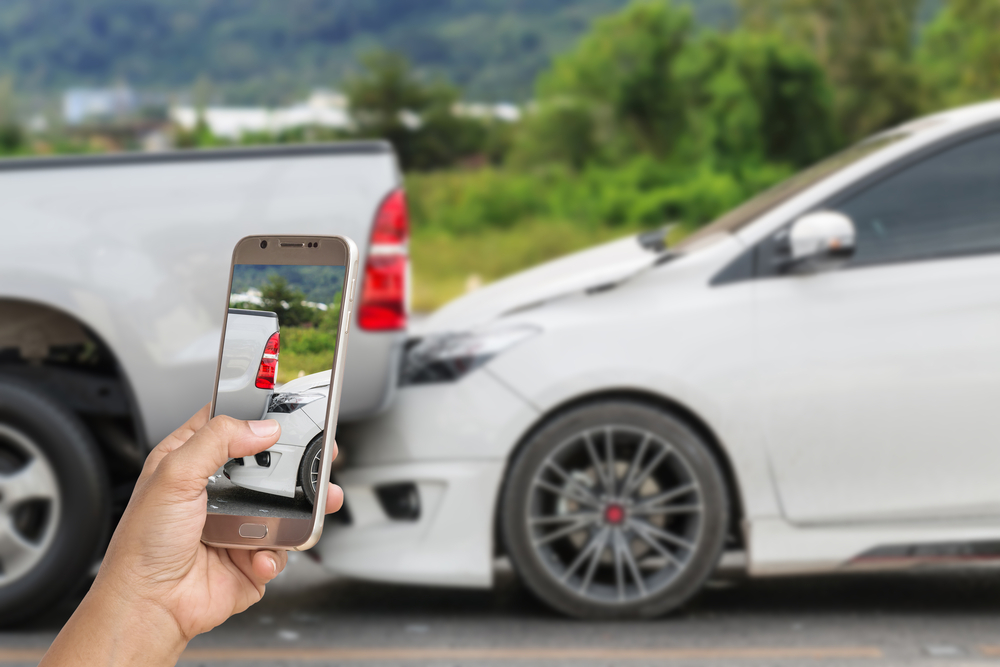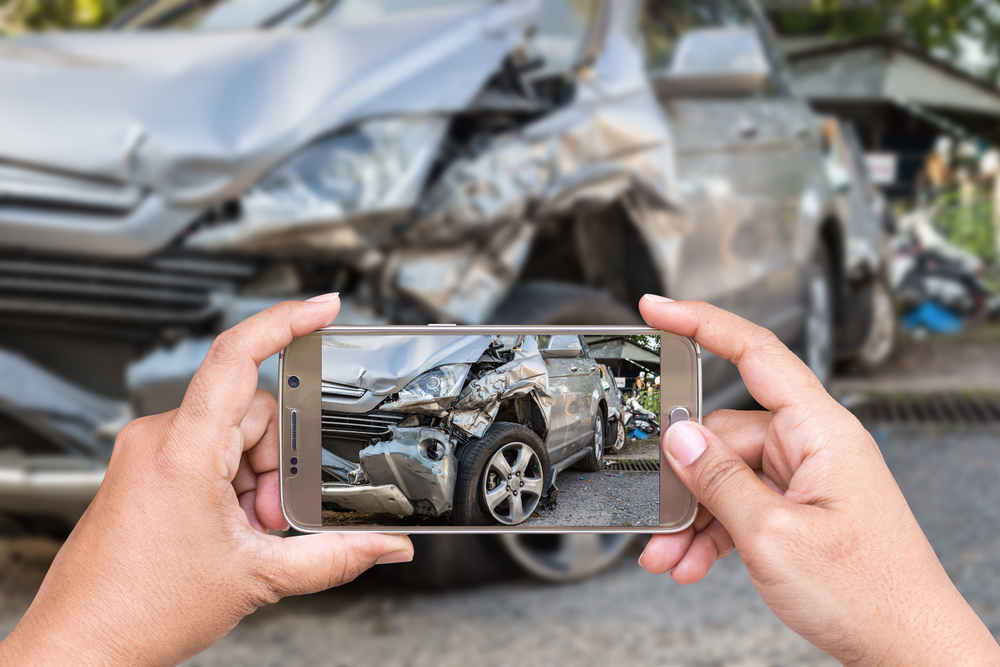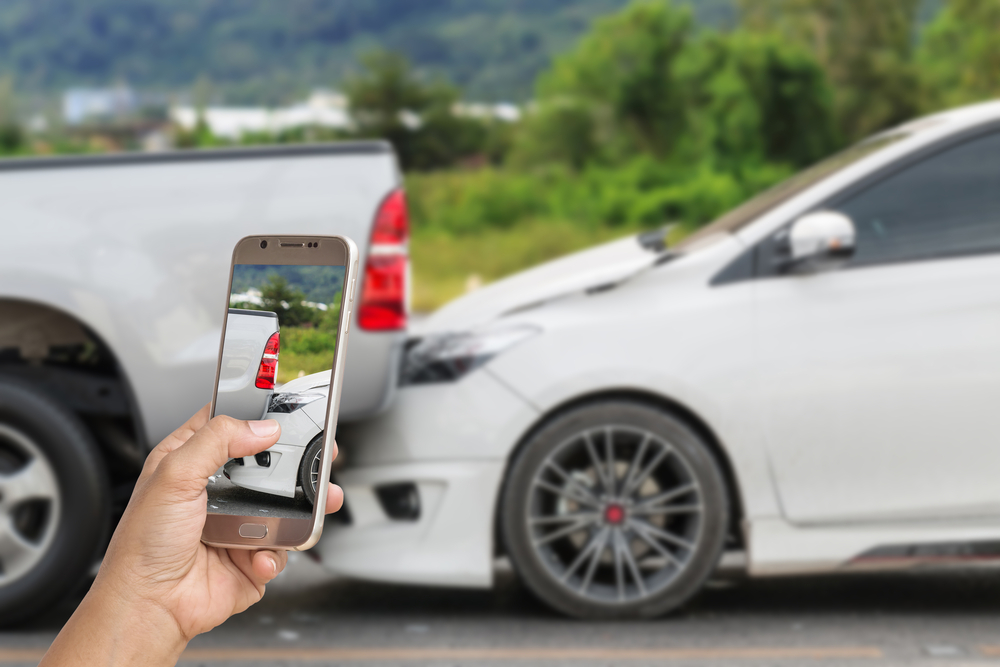
How to Prove Fault in a Car Accident Case
Understand the key evidence and legal strategies to determine liability in California car accidents
Why Proving Fault Matters
In California, proving fault in a car accident is critical if you want to recover compensation for medical bills, property damage, lost wages, and pain and suffering. The state follows a comparative fault system, meaning more than one party can share responsibility—and your compensation can be reduced by your percentage of fault.
Whether you’re dealing with insurance adjusters or preparing for court, understanding how to prove fault is essential.
Key Elements in Determining Fault
To successfully prove fault in a California car accident case, you must establish the following:
- Duty of care: The other driver had a legal responsibility to drive safely.
- Breach of duty: The driver violated traffic laws or acted carelessly.
- Causation: The breach directly caused the accident and your injuries.
- Damages: You suffered financial or physical harm as a result.
Evidence That Helps Prove Fault
The more evidence you gather, the stronger your claim will be. Make sure to preserve:
1. Photographs and Video
Visual documentation can be some of the most persuasive evidence in a fault dispute.
- Vehicle positions and damage
- Skid marks and debris
- Road signs, traffic lights, and lane markings
- Weather and lighting conditions
2. Police Report
A police report often includes a neutral officer’s opinion about who caused the accident.
- Officer observations
- Witness statements
- Traffic law violations cited
You can request the report from the local police department or California Highway Patrol.
3. Witness Testimonies
Neutral third-party accounts help corroborate your version of events.
- Get names and contact info at the scene
- Ask for written or recorded statements when possible
4. Medical Records
Prompt treatment creates a medical timeline linking your injuries to the crash.
- Doctor notes and diagnoses
- Test results and imaging
- Bills and treatment plans
Using California Traffic Laws
Citing specific traffic laws from the California Vehicle Code can strengthen your case. For example:
- A driver who rear-ends another vehicle is typically at fault under CVC §21703 (following too closely)
- Failing to yield while making a left turn may violate CVC §21801
An experienced attorney can help apply these statutes to your case.
Common Scenarios and Fault Presumptions
Some types of accidents tend to come with clear fault assumptions:
| Accident Type | Presumed At-Fault Party |
|---|---|
| Rear-end collision | Driver who hit from behind |
| Left-turn collision | Left-turning driver (unless proved otherwise) |
| DUI-related accident | Intoxicated driver |
| Running a red light | Driver who violated the signal |
Even in these cases, evidence matters—presumptions aren’t enough on their own.
Watch Out for Shared Fault
California's pure comparative negligence law allows you to recover damages even if you’re partially at fault. For example:
If you’re found 20% at fault, you can still recover 80% of your total damages.
This makes fault allocation even more important—every percent affects your payout.
The Role of Insurance Adjusters
Insurance companies conduct their own investigations and often try to minimize your claim. Be cautious:
- Avoid admitting fault during conversations
- Do not speculate or exaggerate
- Provide only factual information
- Do not agree to recorded statements without legal advice
When to Involve an Attorney
Proving fault can be complicated—especially if injuries are serious, liability is disputed, or the insurer is uncooperative. A skilled attorney can:
- Investigate the accident scene
- Collect evidence and witness statements
- Hire accident reconstruction experts
- Negotiate with insurance companies
- File a lawsuit if necessary
Get legal help today if you're unsure about fault or your next steps.
Start Building Your Case Early
Don’t wait. Memories fade, evidence disappears, and deadlines approach quickly. The statute of limitations in California is:
- 2 years for personal injury claims
- 3 years for property damage
Gather documentation, get medical care, and consider talking to an attorney right away.
Frequently Asked Questions about Fault in California Accidents
How do I prove the other driver was at fault?
Gather evidence like photos, witness statements, police reports, and medical records. You may also need to cite California traffic laws or consult an attorney.
Is a police report required to prove fault?
Not required but highly recommended. It provides an official record and often includes the officer’s opinion on who was at fault.
Can I still recover damages if I was partly at fault?
Yes. Under California’s comparative fault system, you can still recover compensation reduced by your percentage of fault.
What if the insurance company disagrees with my version of events?
You can challenge their findings by presenting strong evidence and seeking help from a qualified car accident attorney.
What is the deadline to file a fault-based accident claim in California?
You generally have two years to file for personal injury and three years for property damage, but acting sooner is always better.
Browse Other Articles for "Car Accidents" in California:
Start Your FREE Consultation
Complete the form for a Free Consultation. No upfront fees, swift action, and we're only paid when we succeed for you.
Ask Us If You Qualify
We’re here to help you take on your fight—whether it’s a car accident, a dangerous drug, or a workplace injury gone wrong. One call starts it all, and we’re with you every step, no upfront cost required.
- Free Case Review
- No Fees Until Victory
- Millions Recovered
- Personal Strategy
- California Coverage
- Relentless Case Pursuit
